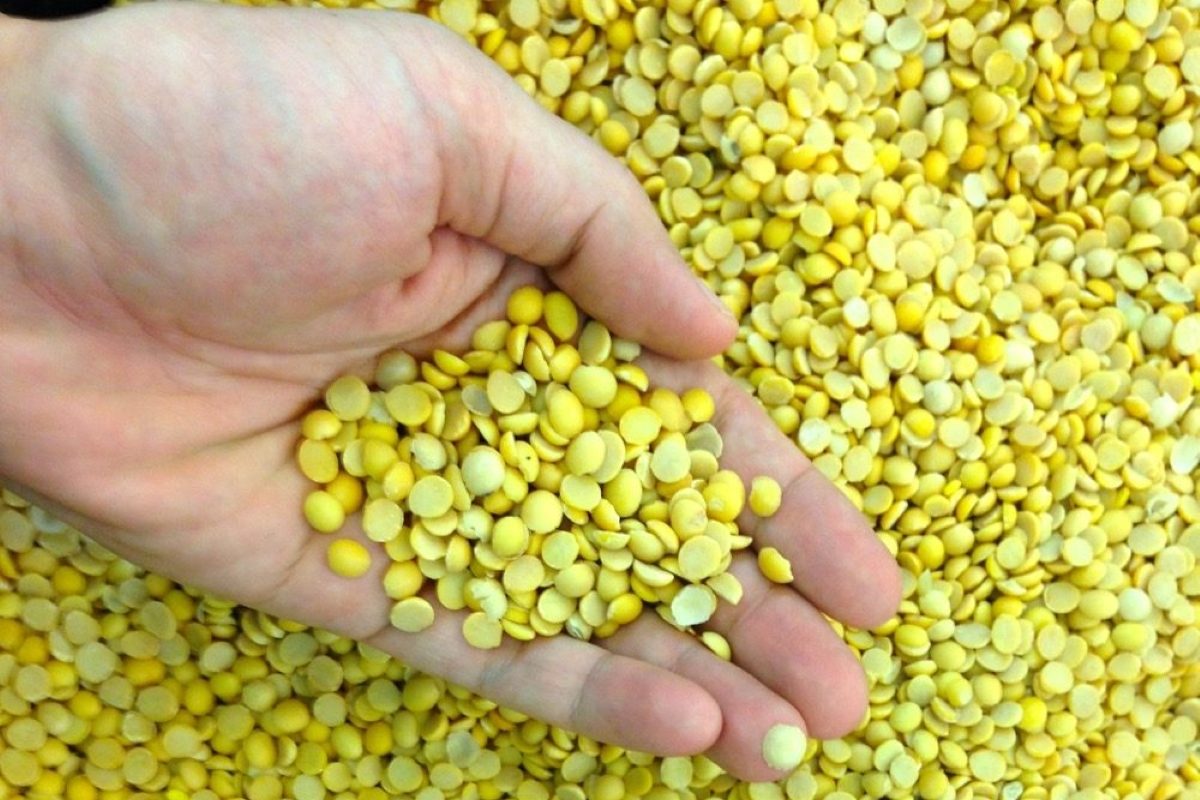(Resource News International) — The quality of Canada’s spring wheat crop is expected to be highly dependent on weather conditions during the harvest period over the next month.
Bruce Burnett, director of weather and market analysis with the Canadian Wheat Board, says the lateness of this year’s crop will likely lead to some reduction in quality, but most of the fields should be OK given normal conditions.
Many western Canadian wheat fields are delayed in their development due to planting delays in the spring, but most crops are now only about a week behind normal, according to Burnett.
Read Also

Pulse Weekly: India imposes 30 per cent tariff on yellow peas
Pulse Canada is quite unhappy with the Indian government’s recent move to slap a 30 per cent tariff on its yellow pea imports, said the pulse organization’s board chair Terry Youzwa.
“That should be enough to get us into a safe point from a frost perspective,” he said, adding that “our expectations are that as long as we have a normal frost date, we won’t have too much damage done to the crops.”
The spring wheat harvest is in its early stages in southern Manitoba and should be progressing across Western Canada over the next few weeks, Burnett said.
Given normal weather conditions, Burnett estimated the lateness of the crop could leave more of the wheat grading as feed than normal, but added that actual downgrading will depend on harvest conditions.
Disease levels have been high this year, with fusarium a particular concern in the eastern Prairies, according to Burnett.
However, he said, producers have taken action by spraying in order to help alleviate some of the disease concerns. Overall, he said, fusarium levels across the Canadian Prairies will be higher than the past couple of years, but will not be a large worry.
Spring wheat, he noted, fared better compared to winter wheat, as it was not as wet during the critical growing period for the spring wheat crops.
Protein levels for western Canadian spring wheat will likely be below normal, but still up from the previous year’s levels, Burnett said.
Warmer temperatures in the eastern Prairies will help protein levels improve, he said, while increased moisture in the western regions will likely cause protein levels to decline.
















